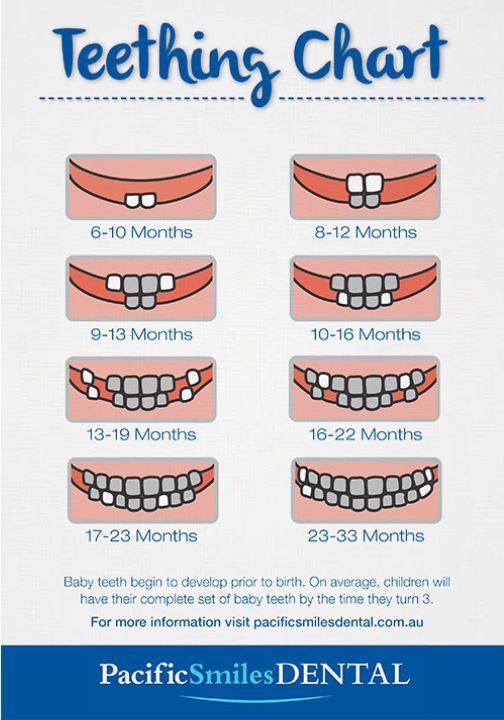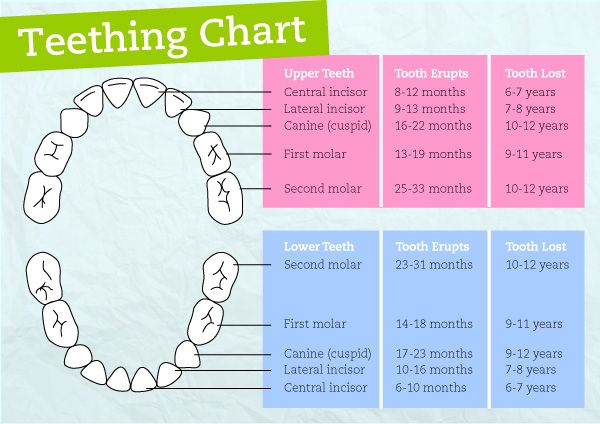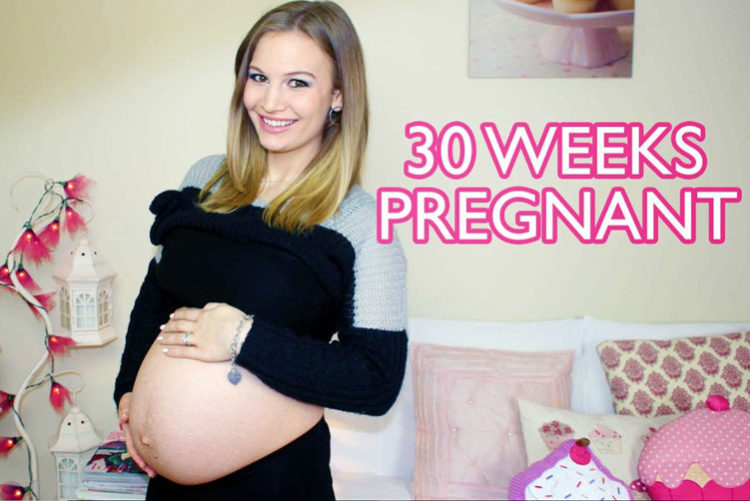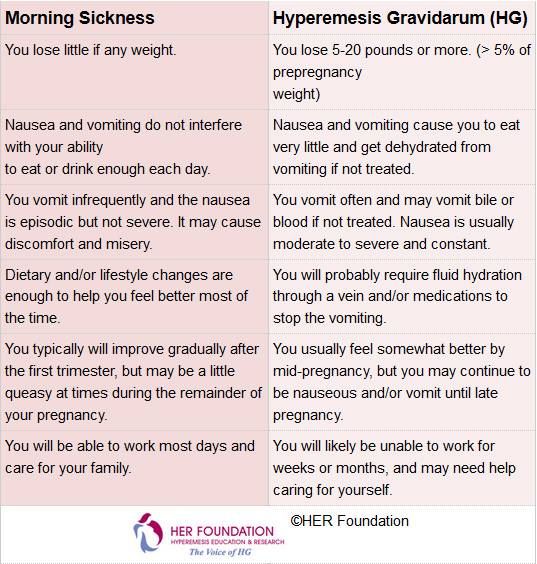Babies with teeth at birth
Can Babies Be Born With Teeth?
Did you know that babies can be born with teeth? Natal teeth (i.e., teeth that are present at birth) are relatively rare, though less rare than you might think. Approximately one out of every 2,000 to 3,500 newborns comes into the world with at least one tooth.
But if you’re imagining a newborn smiling up at his mother with a full set of teeth, you should know that babies with natal teeth are usually born with no more than two teeth. A few babies have arrived with a much more substantial portion of their primary (“baby”) teeth present, but no cases of newborns with a full set of teeth have been reported.
Regardless of their number, natal teeth present special dental concerns and may require specialized care. In this article, we will discuss
- the difference between natal and neonatal teeth,
- characteristics of natal teeth,
- whether natal teeth are the same as baby teeth,
- causes of natal teeth,
- complications associated with natal teeth,
- when natal teeth should be removed, and
- considerations related to caring for natal teeth.
What Is the Difference Between Natal Teeth and Neonatal Teeth in Babies?
Whereas a natal tooth is present at birth, a neonatal tooth erupts during the first 30 days of an infant’s life. Natal and neonatal teeth present extremely similar issues and are generally studied and discussed together. The following information applies to both natal and neonatal teeth.
What Are Natal Teeth Like In Newborns?
In some cases, natal teeth look like normal primary teeth. Often, however, they are somewhat underdeveloped. For example, natal teeth may be smaller than normal primary teeth and/or cone-shaped. Their enamel (the tooth’s hard, protective outer coating) is often hypoplastic, meaning that it is thin or even absent; hypomineralized, meaning that the enamel is softer than normal; and/or hypomatured, resulting in tooth discoloration. Additionally, natal teeth typically have underdeveloped roots and are at least slightly mobile; sometimes their roots are so underdeveloped that the natal teeth fall out while the baby is still very young.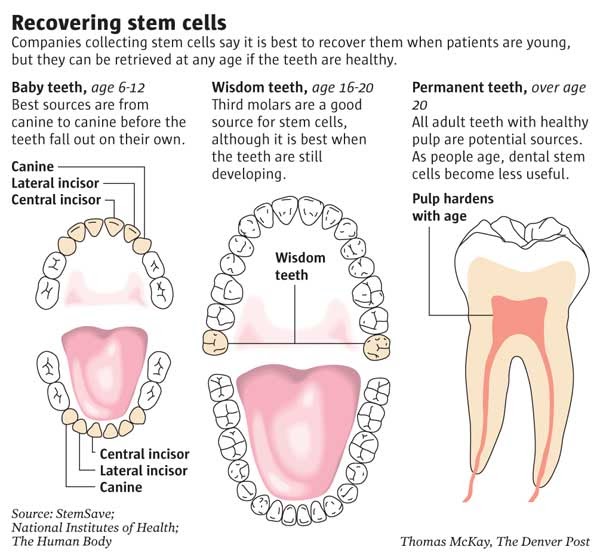
Just as with older babies, the lower central incisors (the bottom front teeth) are usually the first teeth to erupt in newborns. As described below, this can sometimes result in feeding issues.
Are Natal Teeth Primary Teeth?
Sometimes parents wonder whether natal teeth are a sort of temporary tooth that will fall out and then later be replaced by primary teeth. They are not.
The vast majority of natal teeth are simply ordinary primary teeth that erupt unusually early. The remainder are a type of tooth known as a supernumerary tooth. A full set of primary teeth consists of twenty teeth, but occasionally children grow more than twenty. These excess teeth are known as supernumerary teeth and can lead to overcrowding and bite issues.
Fewer than 10% of natal teeth are supernumerary teeth. A pediatric dentist can use dental X-rays to determine whether a natal tooth is supernumerary.
What Causes Natal Teeth?
The precise cause of natal teeth in newborns is unknown.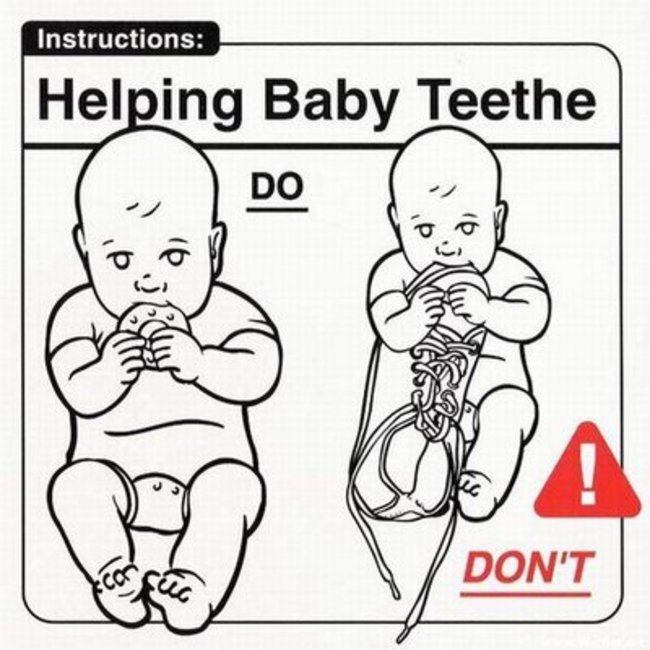 Researchers have theorized that they may be a result of genetics, fever, infection or malnutrition, but so far no studies have been able to confirm the cause. Interestingly, various studies have reported that between 8% and 62% of infants with natal teeth had a positive family history.
Researchers have theorized that they may be a result of genetics, fever, infection or malnutrition, but so far no studies have been able to confirm the cause. Interestingly, various studies have reported that between 8% and 62% of infants with natal teeth had a positive family history.
Researchers have suggested that certain other medical conditions may be associated with natal teeth, including the following:
- Cleft lip and palate,
- Sotos syndrome,
- Ellis-van Creveld syndrome (chondroectodermal dysplasia),
- Hallermann-Streiff syndrome (oculomandibulofacial syndrome with hypotrichosis), and
- Jadassohn-Lewandowsky syndrome (congenital pachyonychia).
Cleft lip and palate may be the most common of the medical conditions associated with natal teeth, and the incidence of natal teeth among cleft lip and palate patients is significantly higher than among the general population. One study found that approximately 30% of the bilateral cleft lip and palate infants studied and 5% of the unilateral cleft lip and palate infants had natal or neonatal teeth. Another found that approximately 11% of the bilateral cleft lip and palate infants studied and 2% of the unilateral cleft lip and palate infants had natal or neonatal teeth.
Another found that approximately 11% of the bilateral cleft lip and palate infants studied and 2% of the unilateral cleft lip and palate infants had natal or neonatal teeth.
Complications Associated with Natal Teeth
Aspiration Risk. Natal teeth that are highly mobile can fall out spontaneously and therefore may present an aspiration risk. The chances that a child will aspirate (i.e., inhale) a natal tooth is believed to be extremely low. However, because an aspirated tooth can cause potentially serious respiratory issues, including obstruction of the child’s airways, the possibility of aspiration should be considered.
Feeding Difficulties. Natal teeth can cause discomfort (for the baby and/or the mother) during nursing. In some cases, babies may develop an ulceration of the tongue known as traumatic lingual ulceration or Riga-Fede disease. This condition is often associated with lower incisor (bottom front) natal teeth. As natal teeth may be sharp and cone-shaped, movement of the tongue backward and forward during nursing can lead to an ulcer on the underside of the tongue.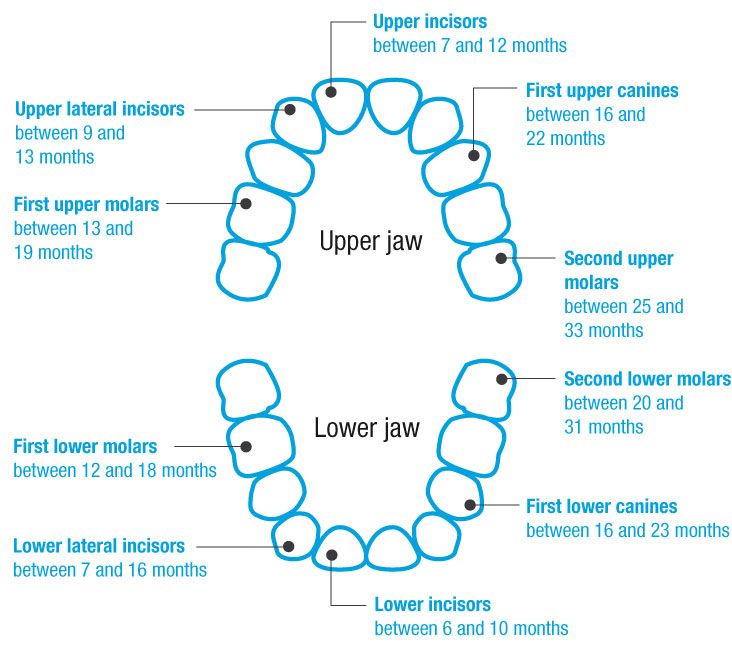 Riga-Fede disease typically presents as an open sore that can develop into a fibrous mass on the tongue, and it can make feeding painful or difficult for affected infants.
Riga-Fede disease typically presents as an open sore that can develop into a fibrous mass on the tongue, and it can make feeding painful or difficult for affected infants.
Crowding and Displacement. If the natal tooth is a supernumerary tooth, it may cause issues when the child’s other teeth come in. For example, supernumerary teeth can cause crowding issues and they can cause permanent teeth to come in incorrectly or to not come in at all.
Cavities. If the natal tooth has enamel hypoplasia or hypomineralization, it is at higher risk of developing cavities than a tooth without enamel defects.
Do Natal Teeth Need to Be Removed?
It depends. When natal teeth are supernumerary, they generally should be removed. Your child’s pediatric dentist can diagnose a supernumerary tooth and help determine the appropriate time for the extraction.
In contrast, when a natal tooth is part of the normal primary dentition (i.e., is one of a child’s twenty primary teeth), it is best to save the tooth when possible.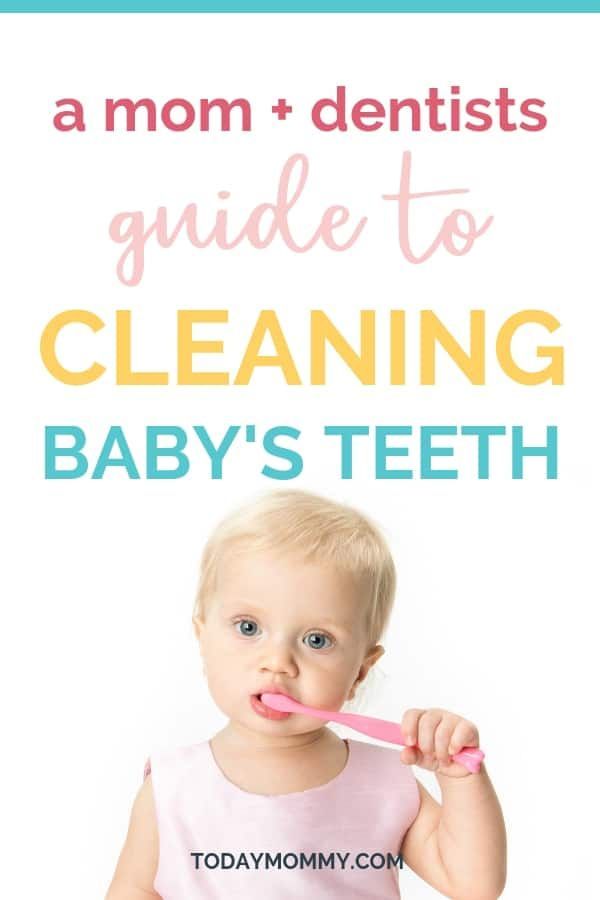
Primary teeth are extremely important – they help children to chew food and to speak clearly, and they help permanent teeth to come in correctly. And unlike missing permanent teeth, a missing primary tooth cannot be replaced with dental implants, as an implant can prevent the replacement permanent tooth from erupting properly. This means that, when a natal tooth that is part of the normal dentition is removed, the child will have to live without that tooth until the replacement permanent tooth comes in (typically six to twelve years, depending on the location of the tooth).
Natal teeth that are causing feeding difficulties can often be managed by grinding or polishing down any sharp edges on the tooth or by applying a small amount of composite resin (white filling material) over the tooth to smooth it. Smoothing out rough edges in this way may prevent trauma and allow ulcerations associated with Riga-Fede disease to heal.
That said, sometimes natal teeth removal is recommended.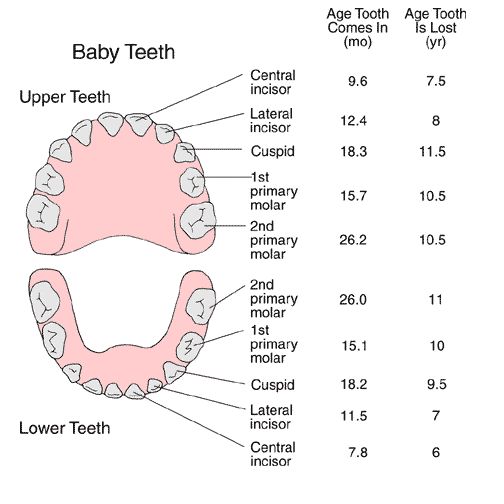 If smoothing down the tooth is not sufficient to eliminate feeding issues, extraction may be required. Additionally, natal teeth that are highly mobile are often extracted to prevent potential aspiration.
If smoothing down the tooth is not sufficient to eliminate feeding issues, extraction may be required. Additionally, natal teeth that are highly mobile are often extracted to prevent potential aspiration.
Extraction of natal teeth should be performed by a pediatric dentist who has familiarity with natal teeth. The extraction should be followed by removal of the soft tissue lining of the tooth socket in order to prevent continued root development.
Natal Teeth Management
Natal teeth that are not extracted may require special care and monitoring. Natal teeth with enamel defects are at increased risk for cavities. A pediatric dentist can teach you how to properly clean natal teeth and can closely monitor them for signs of decay.
Board-Certified Pediatric Dentist in DFW
If your child is born with natal teeth or grows teeth during the first month of life, visit a pediatric dentist right away. Hurst Pediatric Dentistry’s Dr. Lin is a board-certified pediatric dentist who has experience handling natal teeth.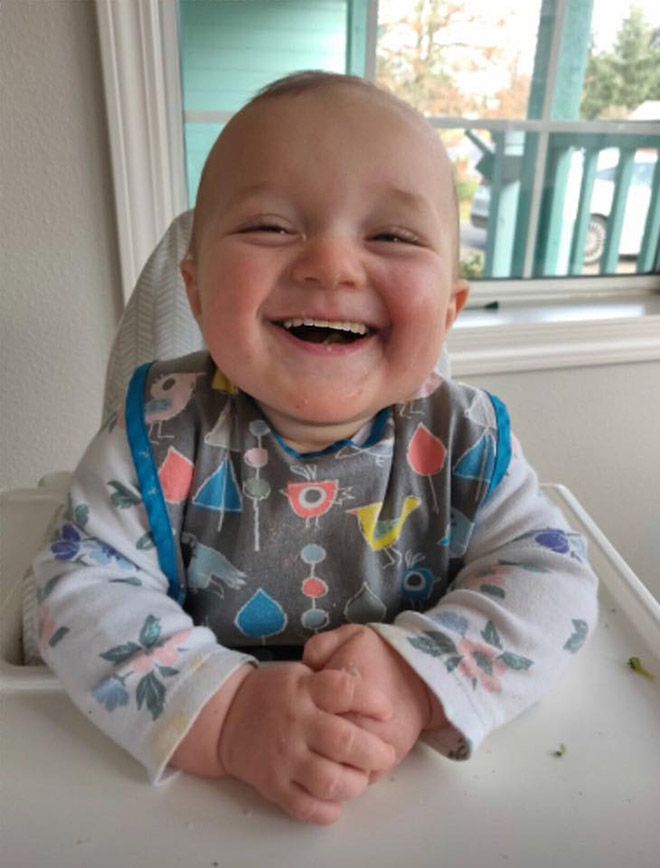 Call (817) 510-6400 today to book an appointment to learn how to care for your child’s natal teeth and to see whether any treatments are advisable.
Call (817) 510-6400 today to book an appointment to learn how to care for your child’s natal teeth and to see whether any treatments are advisable.
Hurst Pediatric Dentistry is located in Hurst, Texas and serves pediatric patients from Hurst, Euless, Bedford, North Richland Hills, Keller, Colleyville, Southlake, Westlake, Fort Worth, Saginaw, The Colony and the surrounding area.
This article is intended to provide general information about oral health topics. It should not be used to diagnose or treat any medical condition or as a substitute for the advice of a healthcare professional who is fully aware of and familiar with the specifics of your case. Always seek the advice of your dentist or other qualified healthcare provider with regard to any questions you may have relating to a medical condition or treatment.
Schedule An Appointment
Author
Is It Normal for a Baby to Be Born..
Every parent looks forward to the day their baby gets their first tooth.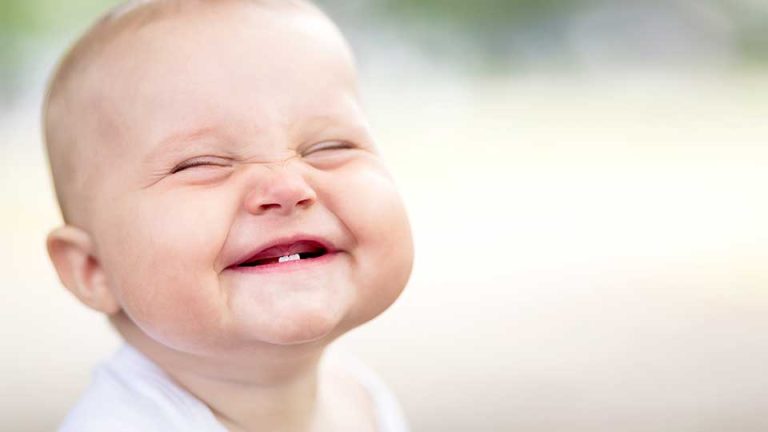 But did you know that some babies are already born having teeth? They’re called natal teeth, and they’re completely normal, although rare. What do you do if your baby is born with teeth? Check with your pediatric dentist in The Woodlands.
But did you know that some babies are already born having teeth? They’re called natal teeth, and they’re completely normal, although rare. What do you do if your baby is born with teeth? Check with your pediatric dentist in The Woodlands.
What Causes Natal Teeth?
Natal teeth can be initially concerning, but they do occur in about 1 out of every 2,000 births. There are a few conditions that can increase the chance of your little one being born with teeth, such as a cleft palate or lip. Other conditions that may cause a baby to be born with teeth include:
- Sotos syndrome
- Hallerman-Streiff syndrome
- Pierre Robin sequence (also called syndrome)
- Ellis-Van Creveld syndrome
Even though the cause may not be immediately obvious, your dentist can help you determine the cause.
Types of Natal Teeth
Believe it or not, there are different types of natal teeth that your pediatric dentist in The Woodlands wants you to be aware of such as:
- Loose, fully developed teeth fixed to a few roots
- Teeth that are loose because they don’t have any roots at all
- Teeny, tiny teeth showing just a little above the gums
- Teeth that haven’t yet broken through the gums but are really close to doing so
Most babies are born with just one tooth being visible, although it is possible to have multiple teeth showing.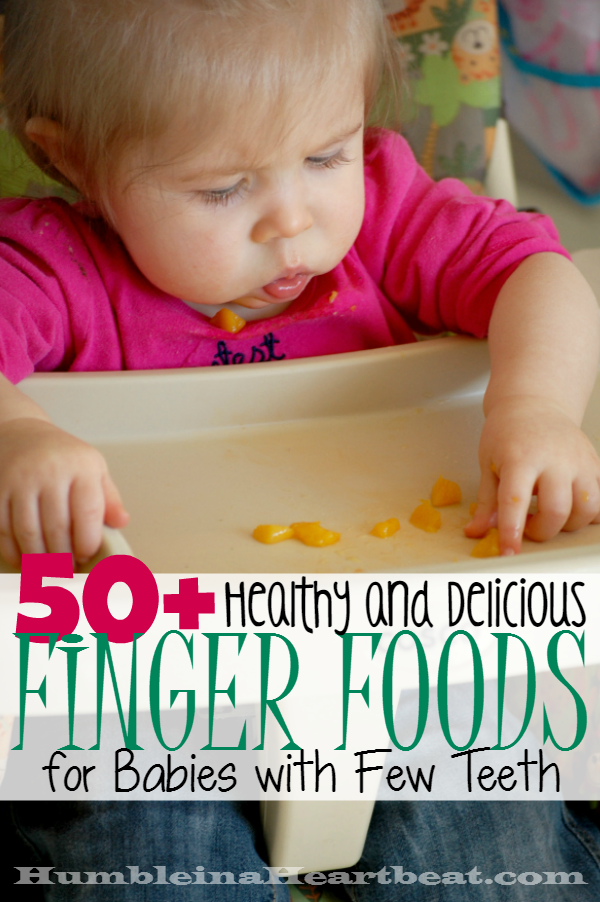 The lower front teeth are the most common to show in babies, but top teeth and molars are both also possible.
The lower front teeth are the most common to show in babies, but top teeth and molars are both also possible.
Neonatal Teeth
While neonatal teeth aren’t seen upon birth, they do show up earlier than expected. These teeth typically make an appearance a few months after birth. In fact, these teeth are even more rare than natal teeth, according to the American Academy of Pediatrics. In cases of neonatal teeth, symptoms of teething begin way earlier than expected, around 3 months of age! However, even though the baby may be fussy, you may not actually see any teeth for another month or two.
Should You See Your Pediatric Dentist in The Woodlands?
Since both natal and neonatal teeth are rare, the chances of you needing some type of intervention is also rare. However, if your baby is born with a tooth or two, or is showing signs of teething earlier than you expected, it’s best to call your pediatric dentist. Many times, if the teeth aren’t loose or showing any problems, they’re best left alone.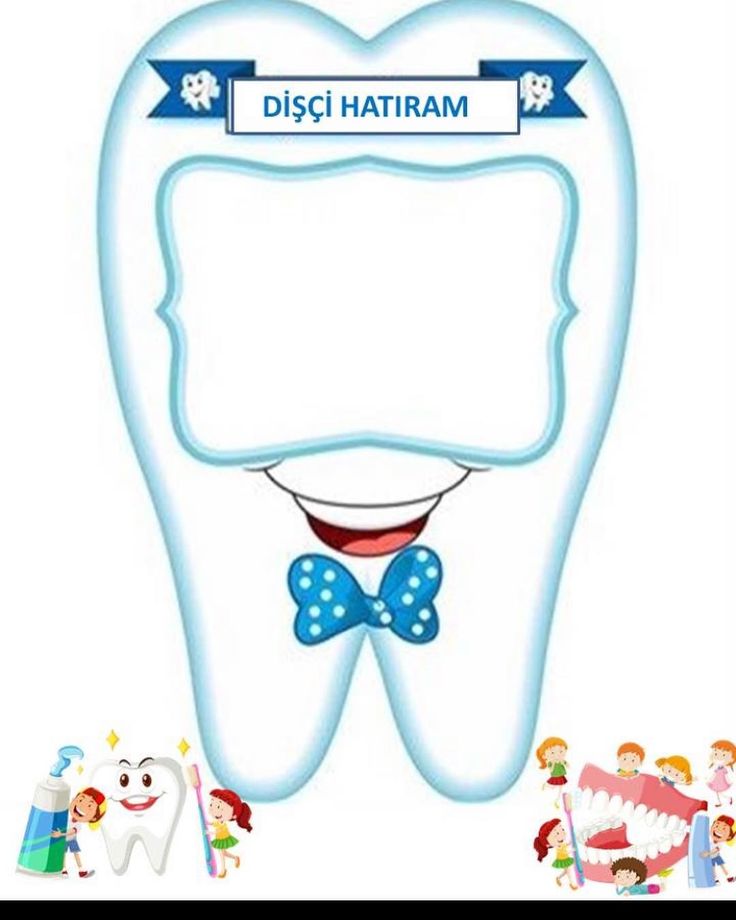 However, if they are loose or not fully developed, your dentist may recommend that the teeth be extracted. This will help protect your little one from risks such as:
However, if they are loose or not fully developed, your dentist may recommend that the teeth be extracted. This will help protect your little one from risks such as:
- Choking or swallowing loose teeth
- Tongue injuries from teeth
- Feeding problems
- Injuries to mom while breast-feeding
Your pediatric dentist in The Woodlands will most likely perform an x-ray to determine if a tooth has enough root structure to remain safely in place or if it needs to come out.
Essentially, it’s normal for babies to be born with a tooth or two, but you should seek advice from a trusted pediatric dentist sooner rather than later to ensure proper tooth development and eliminate any chances for complications.
Welcoming new patients from The Woodlands, Spring, and nearby areas.
5 reasons why a child can be born with teeth
Baby
- Photo
- Re_sky/Shutterstock/Fotodom.ru
The rudiments of milk teeth are formed in a child in the womb — at 6 weeks of gestation. But the process of teething normally begins at 3-7 months of life. One can understand the surprise of the parents, and sometimes the medical staff, when a newborn is born with one or even several teeth at once. What is this pathology, a joke of nature, a cause for concern? And in general, does this really happen? We deal with a specialist.
dentist-orthodontist at DR MINKO DENTAL CLINIC
One in a thousand
Cases when a baby is born with teeth already erupted - as a rule, these are incisors - do happen in medical practice, although quite rarely. They are found mainly in girls.
Such teeth are called natal. They may not yet be fully erupted and only palpable, or appear completely. Most of them do not have a root or it is poorly developed, very fragile, unstable. They can occupy a normal position or be displaced - cross the gum, form an additional dentition, which interferes with the formation of milk and permanent teeth. It can also affect the development of the jaw apparatus and facial bones. Natal teeth can cause discomfort to both the baby and the mother, in particular during feeding.
They can occupy a normal position or be displaced - cross the gum, form an additional dentition, which interferes with the formation of milk and permanent teeth. It can also affect the development of the jaw apparatus and facial bones. Natal teeth can cause discomfort to both the baby and the mother, in particular during feeding.
Sometimes natal teeth can be associated with developmental anomalies, but these are extremely rare cases.
Why a baby is born with teeth
As a rule, the reason is that the buds of the teeth were located too close to the gums - the so-called superficial location, due to which eruption occurs prematurely.
Since the phenomenon is not particularly common, its nature has not yet been fully studied. Most often, 4 more reasons are considered:
-
genetic predisposition;
-
complications during pregnancy;
See also: “A baby’s milk teeth have darkened: what is the reason?” First of all, you need to show the baby to the dentist. It is not at all necessary that a child born with teeth will have some problems in the future. But this is still a pathology, so it is better to keep the situation under control.
It is not at all necessary that a child born with teeth will have some problems in the future. But this is still a pathology, so it is better to keep the situation under control.
Is it necessary to remove such teeth - the question is decided on an individual basis.
If possible, the tooth should be saved, the extraction process is a trauma for the child, and the operation is rather painful. Now there are silicone breast pads that prevent tissue damage during feeding. Please note that this tooth also needs to be cleaned. This will help special fingertips.
See also: When to start teaching your child to brush their own teeth
- Photo
- Natalia Lebedinskaia / Shutterstock / Fotodom.ru
This can affect the formation of milk, and in the future, permanent teeth, leading to bite problems.
teeth can damage, injure the mouth or cause pain to the child - have sharp edges, are too brittle and can crumble, have not fully erupted.
In addition to natal teeth, the doctor must examine the entire cavity and make sure that there are no jaw deformities, palate pathologies. In some cases, x-rays and consultation with a specialized specialist may be required.
It is important to see a dentist periodically - if you still have problems with your bite, for example, you can take timely action.
See also: "Esoterists are categorically against it: why you shouldn't keep baby's teeth and hair"
Anna Gerasimenko
Today they are reading
Test: tell me what you saw in the picture, and we will say you are an optimist or a pessimist
Age test: say what you saw in the picture in 30 seconds, and we will tell you how old you
Brain activity test: find a face in 30 seconds
Online broadcast and funeral at sunset: 8 features of the burial of Elizabeth II
A raw food blogger from St.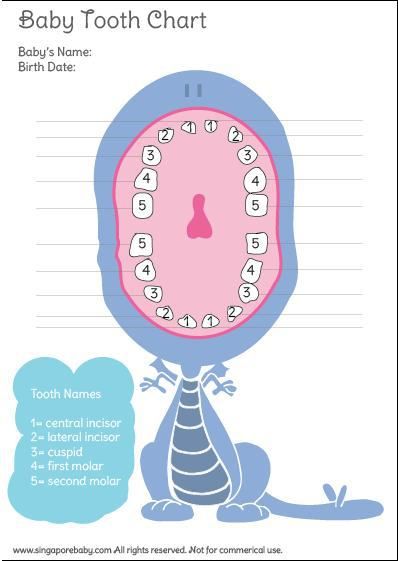 0003
0003
A newborn "nibbler" was born -Our news
Reference phones
City Clinical Hospital No. 15 named after O.M. Filatov Department of Health of the City of Moscow
"Your health is our daily work"
GKB No. 15
- Clinic
- News
- Our news
- Interesting medical case
- Important announcements
- media about us
- Food
- Filatovsky Bulletin
- About us
- City Clinical Hospital No.
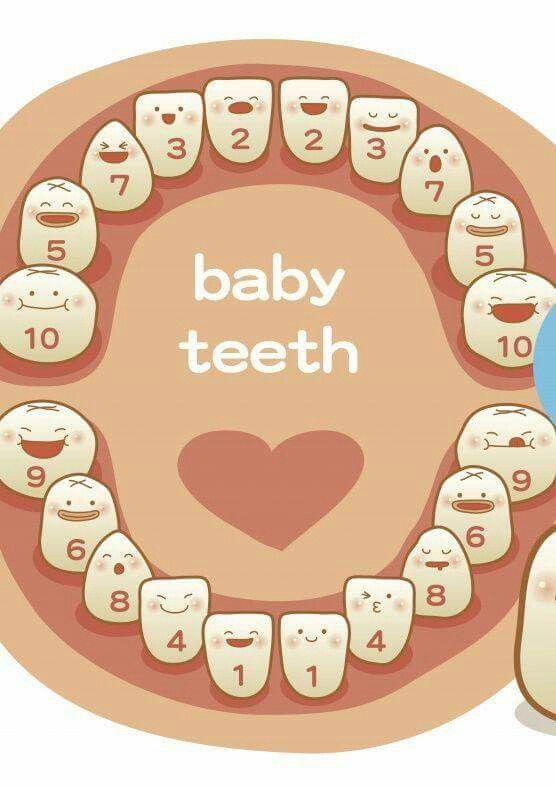 15 - 40 years old
15 - 40 years old - Manual
- Photo gallery
- Feedback and thanks
- Q&A
- Vacancies
- Regulatory framework
- Scientific base
- Parent organizations
- Youth Council
- News
- Branches
- Inpatient departments
- Blood Service
- Maternity hospital on Veshnyakovskaya
- Maternity hospital on Samarkand Boulevard
- Women's consultation
- Consultative and diagnostic center
- Laboratories, paraclinics
- Interdistrict Department of Multiple Sclerosis (IDMS)
- Pathology Department
- Specialists
- Internal labor regulations and Regulation on the protection of personal data
- Short stay hospitals
- For visitors
- Helpful information
- Healthy nutrition information
- Baby supplies gift sets
- Pregnancy calendar
- Drug supply
- Guidelines for new parents
- Fire Patient Aid
- Risk factors for noncommunicable diseases
- Hospitalization rules
- Project "Moscow - the capital of health"
- Procedure for preparing for diagnostic tests
- Procedure for the provision of high-tech medical care
- Program of state guarantees within the framework of CHI
- Cooperation with insurance organizations on CHI and VHI
- Internal regulations
- Memo for visitors to intensive care units and anesthesiology
- Independent assessment of the quality of services provided
- Entry and Parking Regulations
- Anti-corruption
- Helpful information
- Employees
- International medical tourism
- Contacts
- Paid services
- About branch
- Consultative and diagnostic center
- Stationary
- Women's clinics
- Maternity hospital
- Voluntary medical insurance
- Price list
© GKB No.